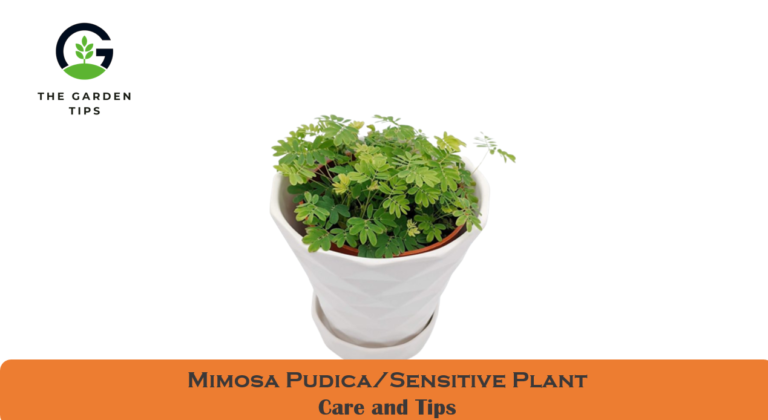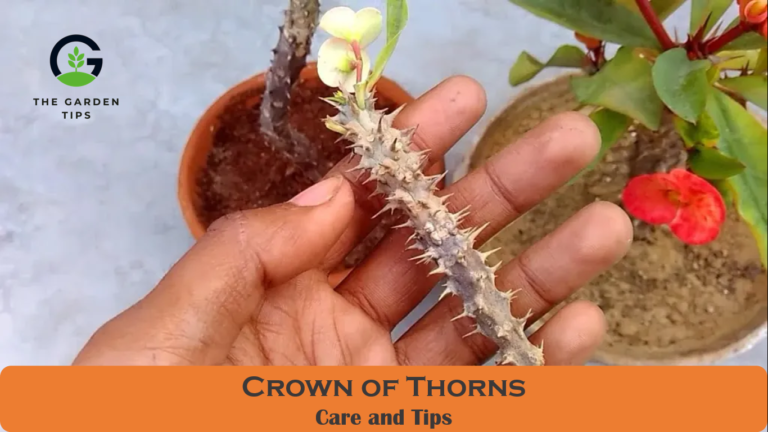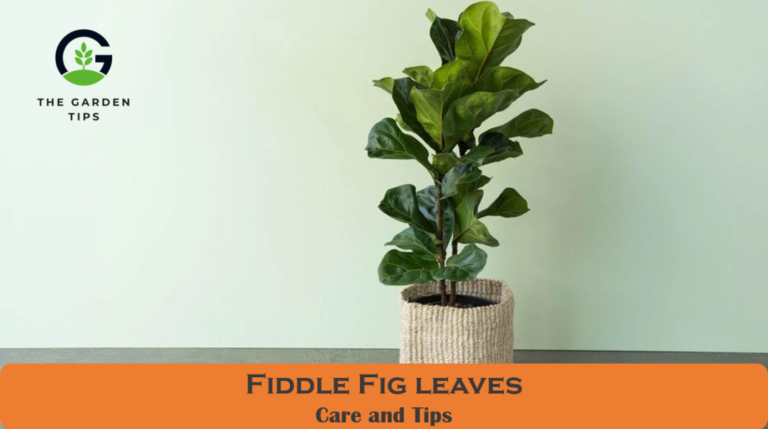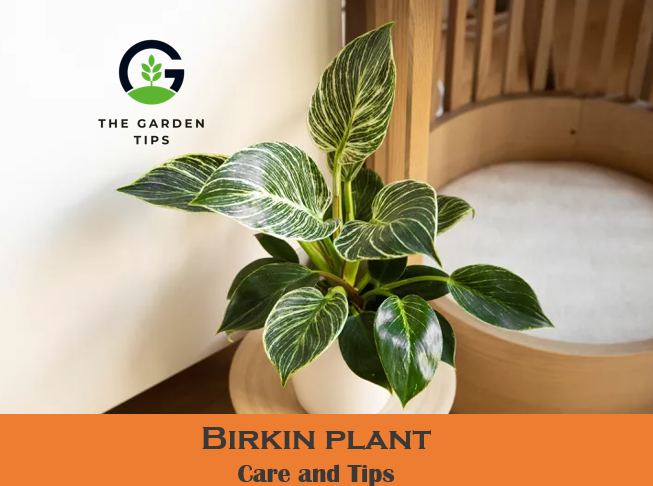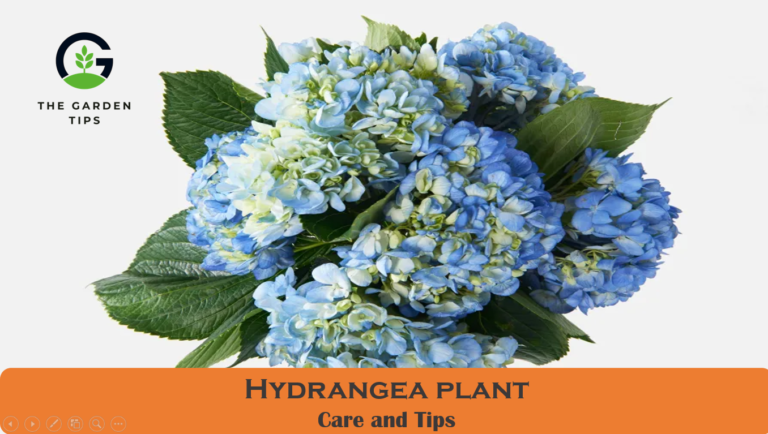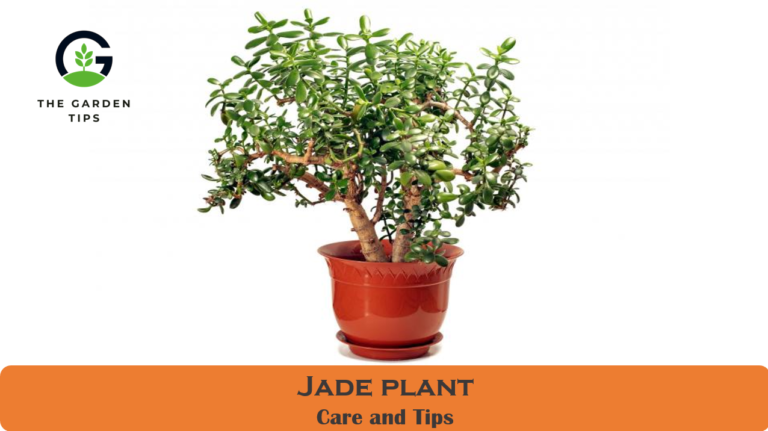This stunning plant originates in China and has been domesticated for more than 2,500 years. More than 5,000 cultivars have been developed since their introduction to Europe in the 1600s.
In the fall, garden mums are a stunning addition to the landscape. The length of the day significantly impacts the life cycle of mums, which is photo-tropic. The mum’s flower buds begin to form as the days grow shorter in the autumn.
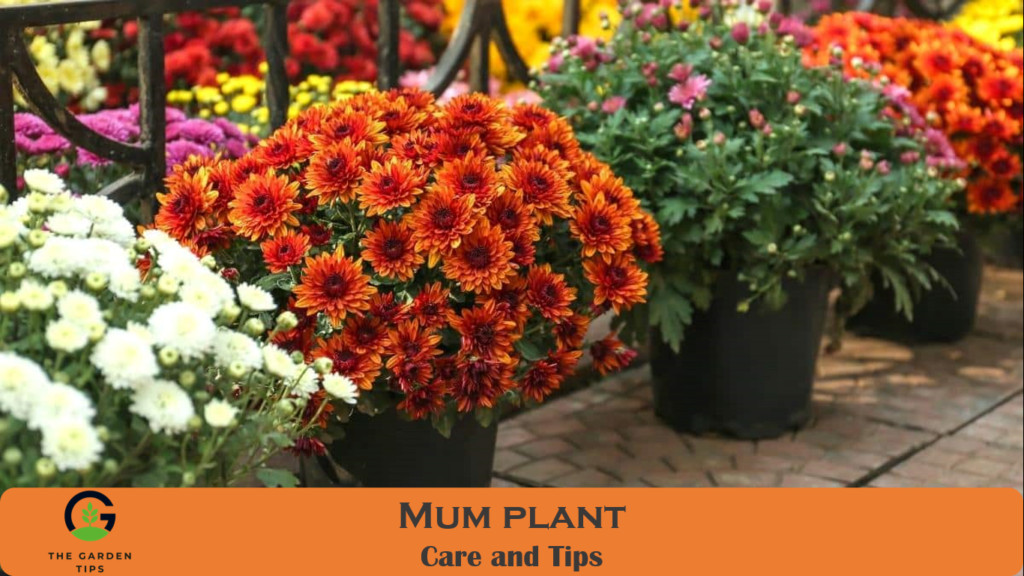
What is Mum Plant?
Mum’s plant comes in nearly every color but blue, except white. Many flower forms, such as daisy-like, cushion, decorative, pompon, buttons (small pompons), spiders, and spoon-petal, have been created through hybridization. In general, the leaves of mums are dark green and hairy. It is possible to grow them as bedding plants, in hanging baskets, or in containers.
How to Grow and Care for Mums
Plant in a location with full sun exposure (approximately a half-day). Organic material-rich soil is the best. Drainage is critical to a plant’s survival in the winter. Mums prefer moist, but not soggy, soil.
What is the best soil for mums?
Mums thrive in well-draining soil. Adding compost to the soil to a depth of 8–12 inches is the best way to get the best results. If you prefer, you can grow mum’s plant in raised beds filled with a well-draining garden soil mix. As the roots are scattered, be mindful of the nursery pot roots as you plant the mums. Weeds compete with their shallow roots, so they will not like it.
How Often Should You Water Mums?
About every other day is the ideal time to water plants in containers. Natural rainfall should be sufficient for established plants, but supplemental watering is required in times of drought. Mums that have just been planted need to be watered twice a week at the very least.
What is the best lighting for mums?
A lot of light is preferred by mums, whether they are growing in a container or on the ground. In full sun conditions, mums can thrive only if you provide adequate watering. Select an area that receives at least 6 hours of direct sunlight daily.
Smaller, leaner flowers will form on plants that aren’t getting enough sunlight so that they will grow tall and leggy. Just remember that light and heat are two entirely different things. During the height of summer, it is best to avoid putting out potted mums. Plants have a poor chance of surviving.
How and when to fertilize mums?
A local fertilizer brand close to 6-12-6 should be incorporated into the soil at a rate of half to one lb. per 100 square feet once a month. You can apply these fertilizers through the foliar application or direct pot application. No fertilizer is needed if you’re planting in the fall.
How to care for potted mums?
Mums, whether they’re from a florist or a garden, both make excellent houseplants. If you’re looking for a simple way to add color to your fall decor, you can simply plant them in a window box or a clay pot. It all begins with choosing the right plant for your potted mums. Choosing a plant with more buds as open flowers will ensure a longer life for the plant and less stress during the reporting process.
Pruning of Mum Plant in pot is essentialso start with the cutting off any dead or damaged branches, and then trim back any remaining stems to about 3-4 inches above the soil level. This method will stimulate fresh growth and promote the plant to maintain a neater, more compact appearance.
Mum Potting and repotting
Repotting is a great gift for your mum’s plant. You should gently break up the root ball of your mum and replant it in a new container of fresh potting soil to ensure that your plant has a better chance of thriving.
How do you pinch off mums?
Pinching back your mum’s plant in the spring is critical for bushy plants to develop branching and development. Pinch 2-3 inches off of each branch when it has grown to a height of 6″. Repeat pinching every 5-6 inches as the branch grows.
As the summer draws to a close, the plant’s growth will slow and begin to produce flower buds. The 2nd week of July marks the end of pinching in northern states, while the final week of July is a marker for southern states.
Will Frost Hurt Your Mums?
Yes. Even cold-weather moms can make it to the next year in the northern states with a little extra care. Keep the soil moist as the first frosts arrive. After a few hard freezes, cover your plants with straw. Removing the dead plant material is unnecessary, and abandoning it will help protect the mum. After new growth appears in April, remove all dying mum material and straw from the yard and replace it with a cypress or hardwood mulch.
Do mums need to be split? How to Split Mums?
Every few years, perennial mums must be divided. Perennials should be divided in the spring from the last tough frost and as soon as new growth begins. Separate the outer parts of the plant from the core using a sharp spade or big garden knife after you’ve dug it up the whole. The plant’s original core should be discarded and the outer portions replanted in a new bed.
A showy clump can be formed from three to five healthy shoots. It’s time to start feeding your plants with an organic slow-release flower fertilizer. At about six inches tall, pin each stem’s tops by about 1-2 inches back. This encourages dense, bushy growth in the future.
Common Problems
Why are the leaves on my mum’s turning brown?
Mums can turn brown because of a shortage of watering or an abundance of it, such as in the case of a heavy rainstorm or hail. The most common cause of browning mums is an early frost. They can also turn into mush.
Why is my mum turning yellow?
Planting mums in heavy or poorly drained soil will not make them happy. To thrive, the plants need soil that drains well. Your chrysanthemum plant will turn yellow if the soil does not release water.
Do mums change colors?
Some resilient chrysanthemums change their color as they mature or fade, while others retain the same hue. For example, the flowers of “Will’s Wonderful” are bright red in the summer, with a hint of yellow at the center of the flower.
How long do potted mums last?
Garden mums can be grown in pots or beds among other shrubs and flowers to create a beautiful display. Flowers typically survive approximately 2 to 3 weeks as per the weather condition outside and how much of the blooming process the plants were in when they were acquired, although this can vary.


